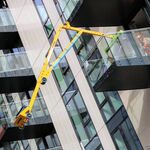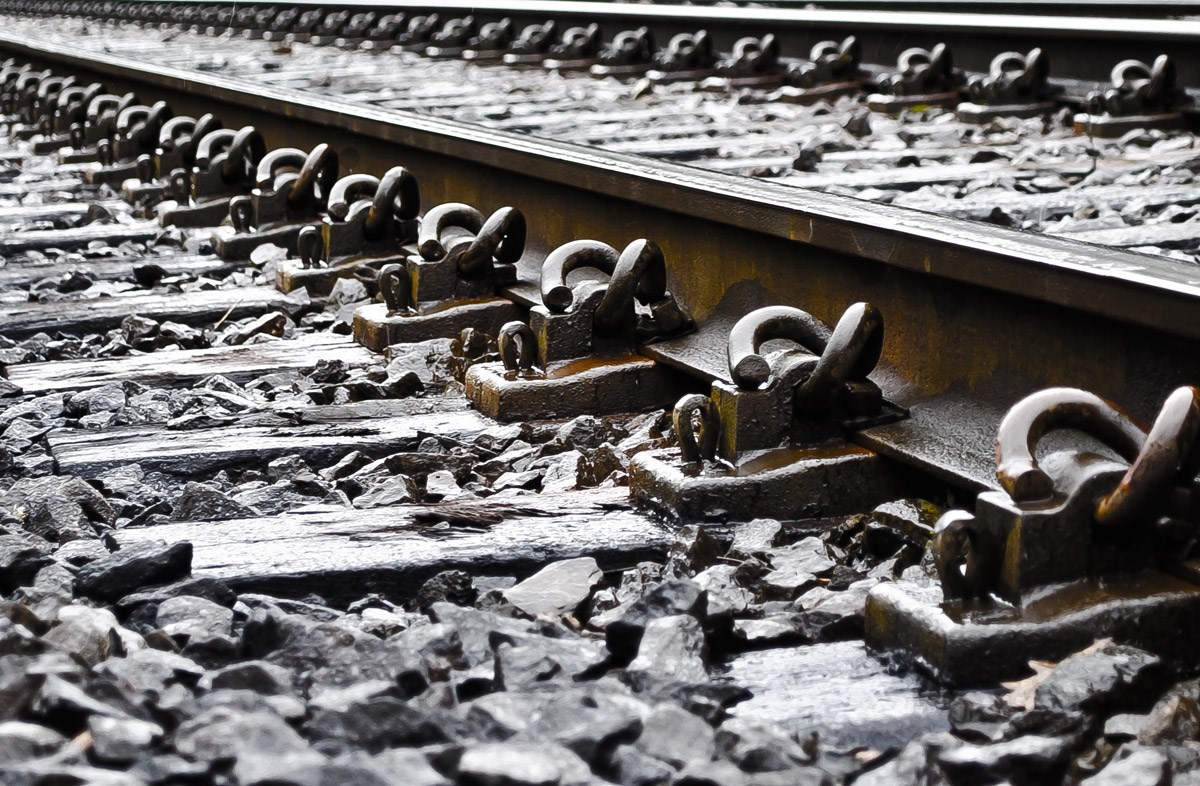Bordercollie
Senior Member
For both Bracebridge and Huntsville the tracks go right through town.And you may be correct - certainly about Huntsville (the station is still there). As for Bracebridge, perhaps it did. I couldn't find a definitive date, but the historic station, built in the 1880s was knocked down after "CN" service was cancelled. There was some indication it was in the 1970s, although I have no recollection of it from when I lived up there in the same era (apparently it came down in "one day" - before it fell down). The only reference I could find for location was Taylor Rd., which would put it roughly where the current 'station' is. The current unused structure is a kiosk. I don't have any recollection of it back then either but it's a pretty unremarkable structure.
I tried to find old timetables - but the only one I came across was from 1976 which is apparently the year the Northlander started and it showed no stations south of North Bay. I don't know if it even ran south of North Bay at that time.
The photo in the link appears to be Huntsville.
All you need is a paved platform and a heated shelter with Kiosks for tickets. If you want to setup a portable with a window for tickets you could do that. In the beginning that's all you need.
A washroom would be nice.
It doesn't have to be at the "station" or whatever structure that identified as the station, because maybe that was part of the problem. There should also be access to transit or walking distance from downtown. If they could offer commuter parking for free or a small fee that would be ideal.
Hire Hammond or a local company to offer pickup service within a 5km radius like a on demand shuttle. For $5.00 extra the shuttle will pick you up at your house or at a designated location and take you to the train. You don't need a full size bus, a Ford Transit would be sufficient.
If they could pickup 12 people per run with 4 trains a day you could make that work.






